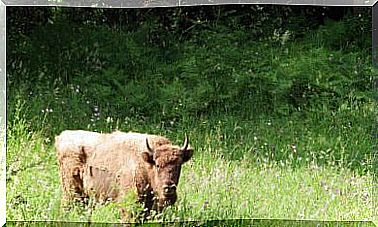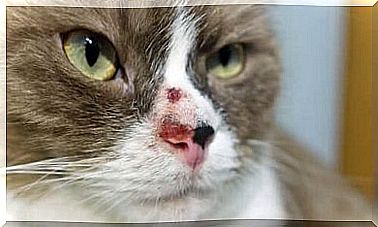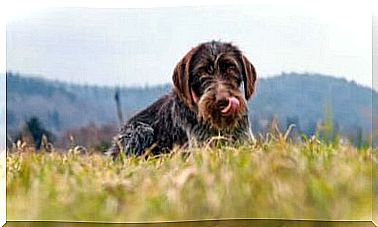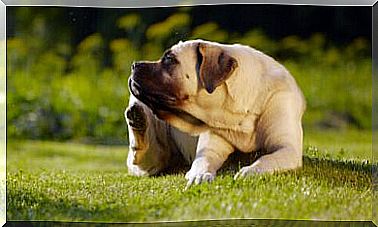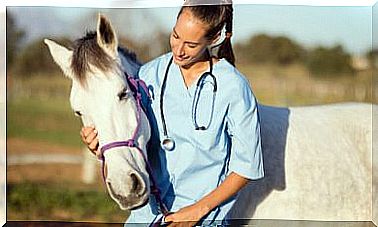Who Is Temple Grandin?
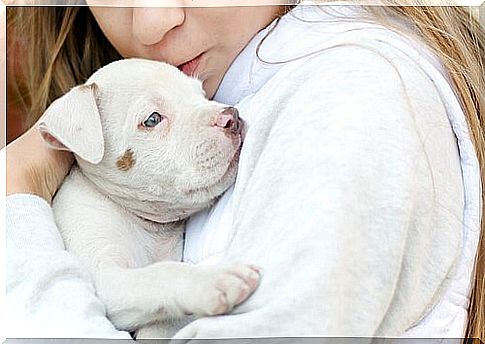
Temple Grandin’s empathy with animals contributed to ensuring greater well-being for many of them, especially those destined for livestock production.
Temple Grandin is a woman who may be unknown to many in our country, but her impact on animal welfare around the world has been huge.
Grandin is a renowned ethologist, zoologist and professor who has written dozens of books and given hundreds of lectures, focusing primarily on animal behavior and welfare.
Interestingly, she is autistic, which, according to her, allowed her to better understand animals and act as a link between human thinking and that of the rest of the fauna.
Temple Grandin’s complicated childhood
Temple Grandin was born in 1947 and had a difficult childhood, as living with autism was complicated for both her and her entire family, greatly rejecting human contact; but that would change in her teens, because when she visited a family farm, she had a brilliant idea.
Young Temple saw a machine that exerted pressure on cows to soothe them and invented a machine to do the same with children suffering from autism : a mechanical hug that made it possible to apply the much-needed contact for all primates, but without it. that was done by one person.
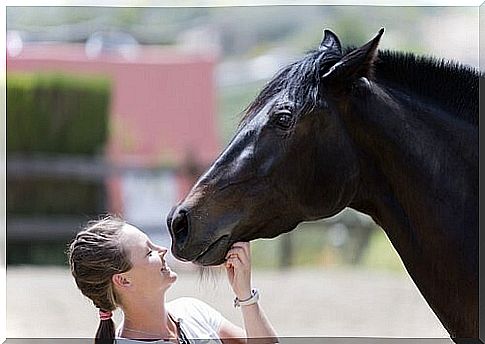
Another of the facts that helped her to coexist with her autism was her relationship with animals: riding a horse and being among the cows made her much more empathetic and was probably a more powerful therapy than her own invention.
Temple Grandin and Animal Welfare
She decided that she wanted to study psychology and specialize in animal behavior, so she devoted her career to both exploring the world of autism and improving animal welfare.
His main interest was to improve animal welfare and he has published several articles on environmental enrichment, transport management and the stress of these animals.
Thanks to this, a multitude of farms and slaughterhouses in the United States have been redesigned, and their implications for improving the quality of life of these species are recognized internationally.
Temple Grandin assures us that an autistic mind thinks in images and is attentive to details ; this has caused some of the most brilliant scientists and artists in history to have a greater or lesser spectrum of autism.

Autism and animals
A clear example for Grandin is how most people did not realize, at any given time, why a group of cows did not approach the vet: there was a flag flying at the entrance, which made the cows very insecure.
These same ideas have been applied to facility design in various facets of animal production; for example, she eliminated hanging objects, modified shapes and routes, and used her mind to visualize another way of understanding our relationship to animals.
For Grandin, nature has powerful examples linking autism and animals: for example, many animals behave similarly to autistic people in relation to loud sounds ; her own reaction to alarms and storms made her think of the animals she lived with.
These ideas have many applications; thus, the memories that cause us fear are indelible, and the traumas of autistic people and species like the horse seem to have similar causes and solutions.
This woman assures us that “all minds are needed”: the minds of autistic children and even those of other species can provide us with many solutions in our daily lives.

